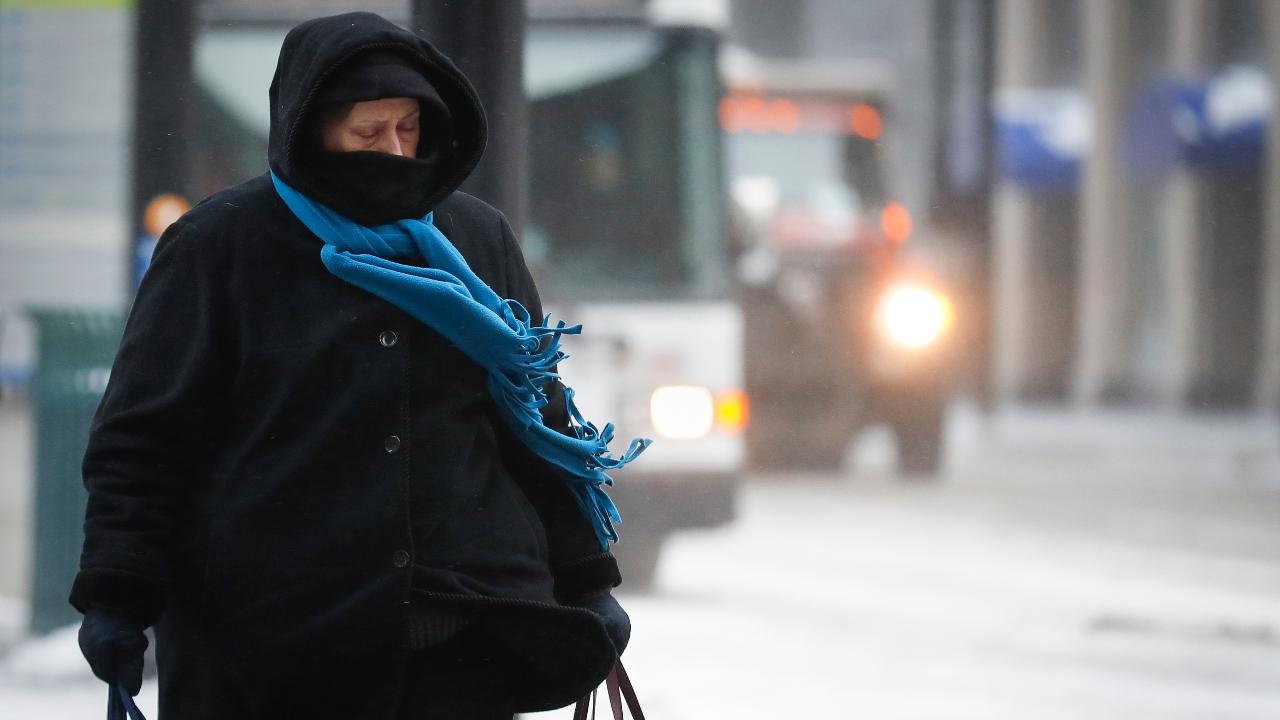Holy heating costs, polar vortex may spike bills
Record breaking cold is likely going to hit you in your wallet and it is all a matter of degrees. Heating degree days that is.
A heating degree day (HDD) is a measurement used by the energy industry to measure the demand for energy needed to heat a building. It is the number of degrees that a day's average temperature is below 65 Fahrenheit, which is the temperature below which buildings need to be heated. The further below 65 degrees that we fall, the more HDD we will use and that means you are using more energy to stay warm.
| Ticker | Security | Last | Change | Change % |
|---|---|---|---|---|
| UNG | UNITED STATES NATURAL GAS FUND - USD ACC | 12.39 | -0.51 | -3.95% |
So, say we have a day with a mean temperature of 39°F it would equal 26 HDD. Two such cold days in a row have a total of 52 HDD. So, when you hit temperatures 20 below zero like we saw in Illinois, you have a whopping 85 HDD in one day. In other words, to keep your house warm you must use a lot more energy. So even though the futures prices of natural gas and heating oil are trading lower than they were a year ago, because it is so cold, we will be shelling out more dough, and over the entire winter season it could add up to a very significant amount of money.
How much more? Well going into this year, the Energy Information Administration said that if this winter was just 10 percent colder than average, homes that heat with heating oil would expect to pay 33 percent more than last year to heat their homes. In a 10 percent colder-than-forecast winter, projected expenditures for heating oil are $458 (33 percent) higher than during last winter. In that case heating oil prices would be 57 cents/gal (21 percent) higher than last winter and consumption to be 11 percent higher.
The EIA said that if you heated your home with natural gas it would be 16 percent more than last year. Under a 10 percent-colder-than-forecast scenario, natural gas consumption would be up by 9 percent and natural gas prices would be 6 percent higher than last winter and resulting household expenditures would be 16 percent higher than last winter. We are not quite there yet, but almost.
CLICK HERE TO GET THE FOX BUSINESS APP
According to the American Gas Association, weather in the United States was 40.6 percent colder than last year but still just 7.2 percent colder than the average. What saved us from hitting that 10 percent colder than average benchmark was the month of December when weather in the United States was 10.1 percent warmer than last year and 11.1 percent warmer than normal. But in January all regions experienced colder temperatures than last year, except the Mountain and Pacific regions of the country. To get a reprieve we would need to see a significant drop in HDD days going forward.
On that front there is hope. After the big chill we are going to see a significant warm up and we might be able to gain back some of those HDD days. Temperatures in the Midwest could get back above 50 degrees Fahrenheit, reducing the amount of HDD and putting some money back in your pocket.
Phil Flynn is senior energy analyst at The PRICE Futures Group and a Fox Business Network contributor. He is one of the world's leading market analysts, providing individual investors, professional traders, and institutions with up-to-the-minute investment and risk management insight into global petroleum, gasoline, and energy markets. His precise and timely forecasts have come to be in great demand by industry and media worldwide and his impressive career goes back almost three decades, gaining attention with his market calls and energetic personality as writer of The Energy Report.




















